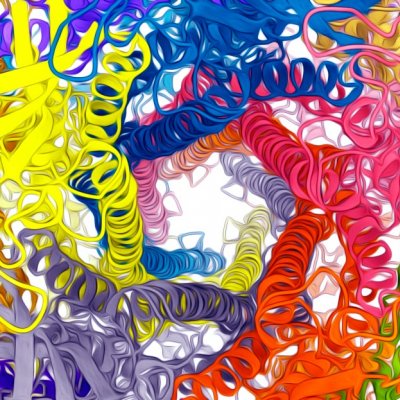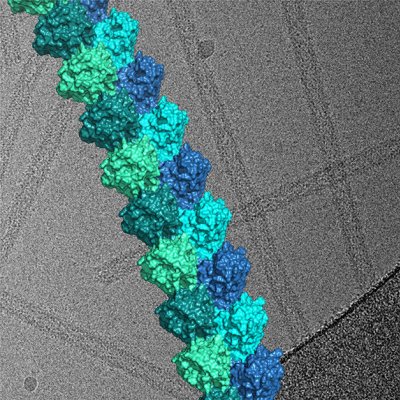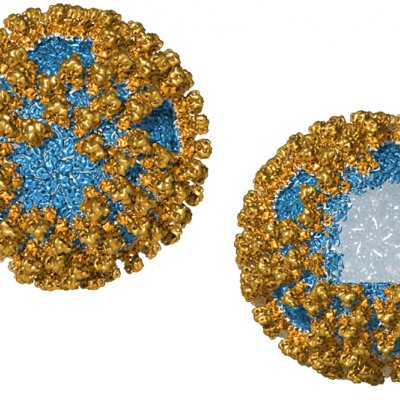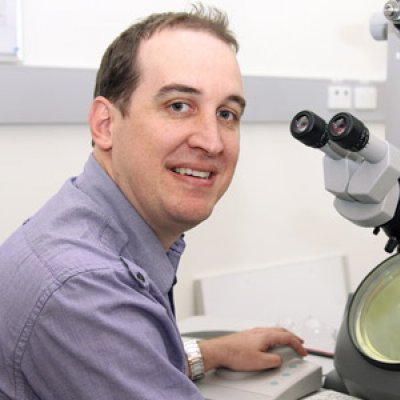Research into an intricate toxin delivery system found in bacteria could overcome the problem of pesticide resistance in insects, and might even lead to new cancer treatments.
7 May 2019Scientists have a better understanding of the immune system at a molecular level, thanks to UQ-led research that may now lead to a range of new treatments for disease.
2 August 2017Drugs disguised as viruses are providing new weapons in the battle against cancer, promising greater accuracy and fewer side effects than chemotherapy.
20 February 2017A team of Australian and New Zealand researchers are harnessing bacteria as a possible new bioinsecticide to control crop pests.
2 August 2013


